Pathology Report
Pathology Report TNF-α Transgenic Mice Model Validation of One and Two Month Old Mice
The TNF-α Mouse was created and initially characterized at Chrysalis DNX Transgenic Sciences (now Taconic). The original study of the mice was carried out by Dr. David Grass and colleagues using TNF-α transgenic mice that were housed in the animal facility at DNX.
The arthritic phenotype observed in the TNF-α transgenic mice is affected by a combination of the genetic and environmental factors. The following study was done by Pathology Associates International (PAI) to examine the histopathological phenotype of the TNF-α transgenic mice that are maintained and produced for sale at Taconic under MPF health standards. A histopathological comparison is included in the PAI report of the Taconic-housed and the DNX-housed TNF-α transgenic mice to elucidate any differences in the onset or severity of disease phenotype that might exist in this animal model due to environmental factors.
Introduction
The purpose of this study was to compare the histopathology of the joint lesions in the fore- and hindlimbs of one and two month old TNF-α transgenic mice with age-matched non-transgenic mice and two TNF-α transgenic mice maintained in a different facility.
Materials and Methods
One forelimb and one hindlimb were collected from 28 mice, fixed in 10% neutral buffered formalin, and submitted to Pathology Associates International, Frederick, MD, for histopathological evaluation. Tissues were identified by animal number (17-21, 23-32, 61-68). The identity (T=transgenic, NT-non-transgenic), sex, and age (one/two months of age) of the individual animals were disclosed by the Sponsor and are indicated in the subsequent data table. The limbs were decalcified in citrate/formic acid. Following decalcification, the limbs were cut longitudinally along the central axis of the limbs, and the two pieces were dehydrated in graded alcohols, cleared in xylene, and embedded in a single paraffin block (Block 1=forelimb, Block 2= hindlimb). A five-micron section was prepared from each block, stained with hematoxylin and eosin, and evaluated microscopically. Representative photomicrographs were prepared. Sections of forelimb and hindlimb from two transgenic mice from a previous study (#483 and #541) maintained at a different facility were included for comparison. Per request by the Sponsor, sections prepared from tissues from Animals 20, 22, 25, 26, 27, and 28 were not evaluated histologically.
Results and Comments
The morphologic diagnoses of histologic changes observed in sections of the fore-and hindlimbs of non-transgenic and transgenic are presented in Table 1. A progressive increase in the severity of inflammatory changes as a function of increasing age was appreciated in the radial-carpal and tibial-tarsal joints of transgenic mice.
In the one-month-old transgenic mice, tenosynovitis was mild to moderate and generally involved both the extensor and flexor tendons of the radial-carpal and tibial-tarsal joints. The tenosynovitis was characterized largely by synovial cell hyperplasia associated with infiltration of macrophage and neutrophils in and around the tendon sheaths. Nests of lymphocytes and scattered plasma cells contributed to the inflammatory infiltrate. In the flexor tendons of tibial-tarsal joints, focally moderate to severe synovial cell hyperplasia of the tendon sheath with chondroid metaplasia was noted in some mice. This was often accompanied by proliferative or lytic changes in the adjacent bone. Minimal to mild synovitis characterized by synovial cell hyperplasia was appreciated in the synovium lining the joint cavities. Occasionally, focal dissecting pannus was noted in affected joints; this was considered to be an extension of the tenosynovitis, as this change was observed most frequently at tendon insertions.
In the two-month old transgenic mice, the tenosynovitis also generally involved the large flexor and extensor tendons of the tibial-tarsal and radial-carpal joints and was moderate to severe. The extent of the inflammatory infiltrates and the degree of the synovial cell hyperplasia in the tendon sheaths were increased relative to the changes noted in the one-month old mice. Inflammatory cells infiltrated the tendon sheath and were often noted within the cavity of the sheath. Dissecting pannus was noted frequently with involvement of selected carpal and tarsal bones and occasionally the proximal aspects of the metacarpal and metatarsal bones. The pannus was accompanied by osteolysis as evident by the scalloped bone surfaces and the presence of osteoclasts at the interface of invading pannus with the bone surface. Mild synovitis characterized by synovial cell hyperplasia and minimal subsynovial inflammatory infiltrates was observed in the synovium lining the joint cavities.
The impression obtained from evaluation of these samples was that the tenosynovitis was the primary lesion in the transgenic mice and that the involvement of the synovium associated with the diarthodial joints was secondary and less severe. Pannus appeared to arise as an extension of the lesions in the tendon sheaths with accompanying osteolysis.
The histologic changes noted in sections from mice #483 and #541 were qualitatively similar but less severe than those observed in the one and two-month old transgenic mice.
Table 1: Morphologic Diagnoses for Changes Observed in Sections of Forelimbs and Hindlimbs in Control and TNF-α Transgenic Mice
| Animal Number | Sex | Age in Months | Forelimb | Hindlimb |
| 17 T Transgenic | Male | 1 | Periostitis, minimal, focal, distal metacarpal bone. Tenosynovitis, mild, multifocal, extensor and flexor tendons, radial-carpal joint. | Tenosynovitis, mild to moderate, multifocal, extensor and flexor tendons, tibial-tarsal joint with focal, moderate synovial hyperplasia and chondroid metaplasia. Periostitis, focally extensive, mild, distal tibial cortex. Synovitis, multifocal, minimal, femoral-tibial joint. |
| 18 NT Control | Male | 1 | No Significant Lesions | No Significant Lesions |
| 19 T Transgenic | Male | 1 | Tenosynovitis, mild, extensor and flexor tendons, radial-carpal joint. Synovitis, mild, radial-carpal, carpal, carpal-metacarpal joints, with early dissecting pannus, marrow stromal cells proliferation, and focal osteolysis in isolated carpal bone. | Tenosynovitis, focal, minimal to mild, flexor tendon, distal tibia |
| 21 T Transgenic | Male | 1 | Tenosynovitis, mild, extensor and flexor tendons, radial-carpal joint | Tenosynovitis, focal, mild, tibial-tarsal joint, extensor and flexor tendons. Marrow stromal cells proliferation with osteolysis, focal, minimal, calcaneus. |
| 23 T Transgenic | Male | 1 | Tenosynovitis and Synovitis, moderate, extensor and flexor tendons, and radial-carpal joint, with focal dissecting pannus and osteolysis. | Tenosynovitis and Synovitis, mild to moderate, tibial-tarsal, tarsal, and tarsal-metatarsal joints, with early pannus, and focal, moderate synovial hyperplasia with chondroid metaplasia and associated periosteal new bone. |
| 24 T Transgenic | Male | 1 | Tenosynovitis, mild to focally severe, extensor and flexor tendons, radial- carpal joint. Synovitis, mild, radial-carpal joint. | Tenosynovitis, minimal to mild, focal flexor and extensor tendons, tibial-tarsal joint |
| 29 T Transgenic | Female | 1 | Tenosynovitis, moderate extensor and flexor tendons, radial-carpal joint | Tenosynovitis, minimal to mild, focal flexor and extensor tendons, tibial-tarsal joint |
| 30 NT Control | Female | 1 | No Significant Lesions | Mo Significant Lesions |
| 31 T Transgenic | Female | 1 | Synovitis, minimal, radial- humeral joint, Tenosynovitis, mild to moderate, flexor, and extensor tendons, radial-carpal joint . with focal dissecting pannus into proximal carpal bone. | Tenosynovitis, minimal to moderate, flexor and extensor tendons, tibial-tarsal joint with focal marked synovial hyperplasia with chondroid metaplasia and associated periosteal new bone. |
| 32 T Transgenic | Female | 1 | Tenosynovitis, mild flexor and extensor tendons, radial-carpal joint. | Tenosynovitis, mild, flexor and extensor tendons, tibial-tarsal joint |
| 61 NT Control | Female | 2 | No Significant Lesions | No Significant Lesions |
| 62 NT Control | Female | 2 | No Significant Lesions | No Significant Lesions |
| 63 NT Control | Male | 2 | No Significant Lesions | No Significant Lesions |
| 64 NT Control | Male | 2 | No Significant Lesions | No Significant Lesions |
| 65 T Transgenic | Female | 2 | Tenosynovitis, moderate to severe, flexor and extensor tendons, radial-carpal joint. with dissecting pannus and osteolysis in isolated carpal bones. Synovitis, mild, radial-carpal joint. | Tenosynovitis, mild, flexor and extensor tendons, tibial-tarsal joint (involves tibial-tarsal and tarsal joints) |
| 66 T Transgenic | Female | 2 | Tenosynovitis, moderate to severe, flexor and extensor tendons, radial-carpal joint. with dissecting pannus and osteolysis in isolated carpal bones. Synovitis, mild, radial-carpal joint. | Tenosynovitis, moderate, flexor and extensor tendons, tibial-tarsal joint (involves tibial-tarsal and tarsal joints), with focal dissecting pannus, distal tibia. |
| 67 T Transgenic | Male | 2 | Tenosynovitis, moderate to severe, flexor and extensor tendons, radial-carpal joint. Synovitis, mild, radial-carpal joint | Tenosynovitis, moderate, flexor and extensor tendons, tibial-tarsal joint (involves tibial-tarsal and tarsal joints) with focal dissecting pannus. |
| 68 T Transgenic | Male | 2 | Tenosynovitis, moderate to focally severe, flexor and extensor tendons, radial-carpal joint, with dissecting pannus and osteolysis in isolated carpal bones. Synovitis, mild, radial-carpal joint. | Tenosynovitis, moderate to focally severe, flexor and extensor tendons, tibial-tarsal joint (involves tibial-tarsal and tarsal joints) with focal dissecting pannus (distal tarsal bone) |
| 483 | Tenosynovitis, minimal to mild, radial-carpal joint Synovitis, mild, radial-carpal joint. Focal dissecting pannus with osteolysis distal metacarpal bone. | Tenosynovitis, mild, flexor and extensor tendons, tibial-tarsal joint (at distal tibia) | ||
| 541 | Tenosynovitis, minimal to mild, radial-carpal joint. Synovitis, minimal, radial-carpal joint | Tenosynovitis, minimal, extensor tendon, tibial-tarsal joint (at distal tibia) . |


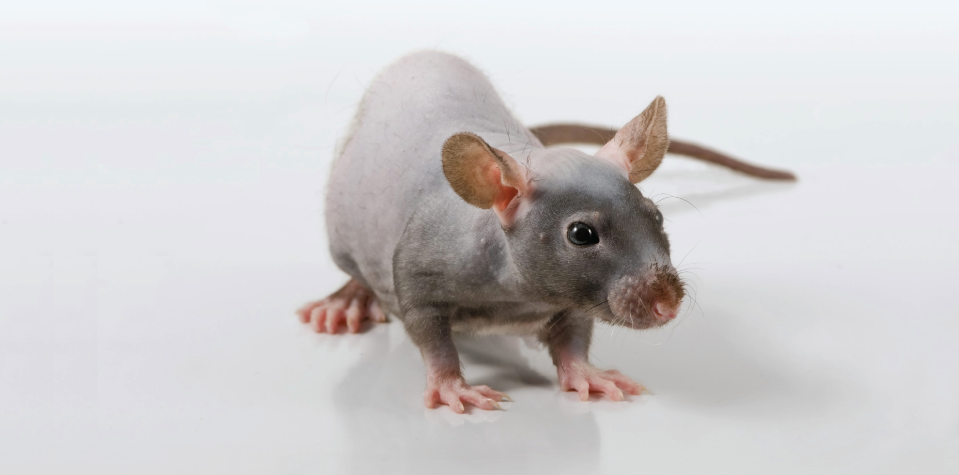
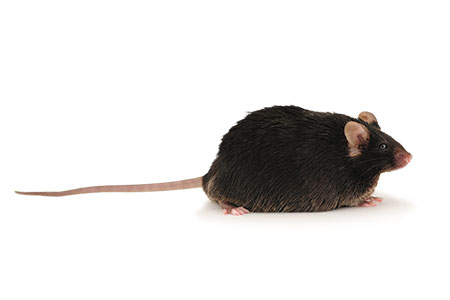
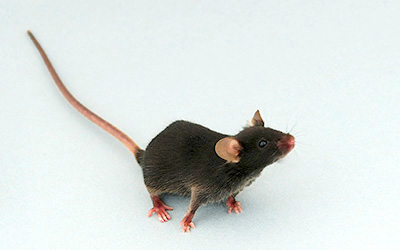
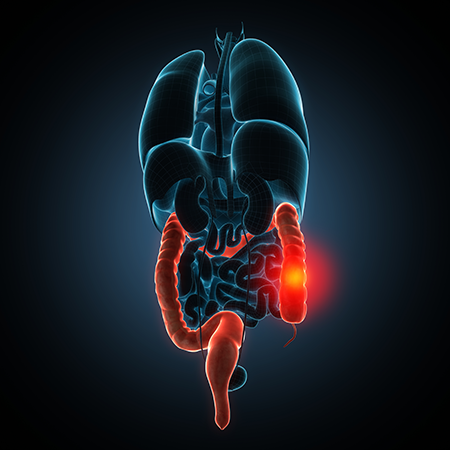




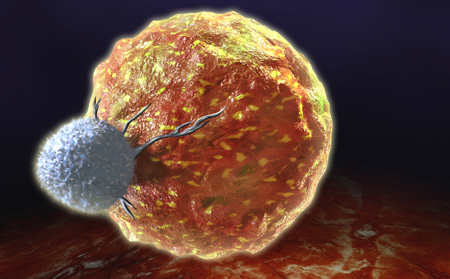

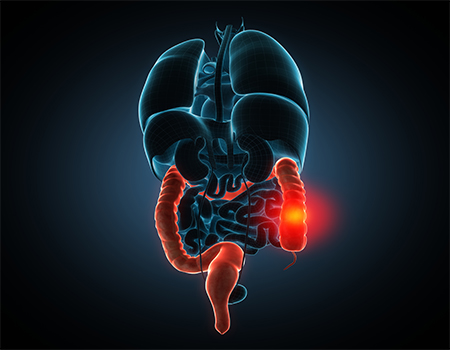
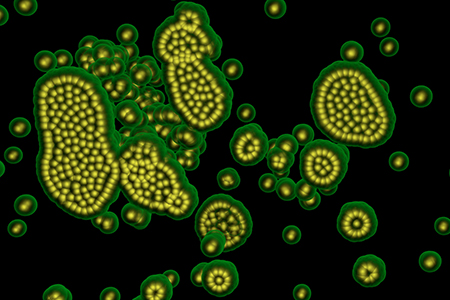

.jpg)

.jpg)
.jpg)
.jpg)
.jpg)





.jpg)


.jpg)
.jpg)

.jpg)


.jpg)





.jpg)

.jpg)


